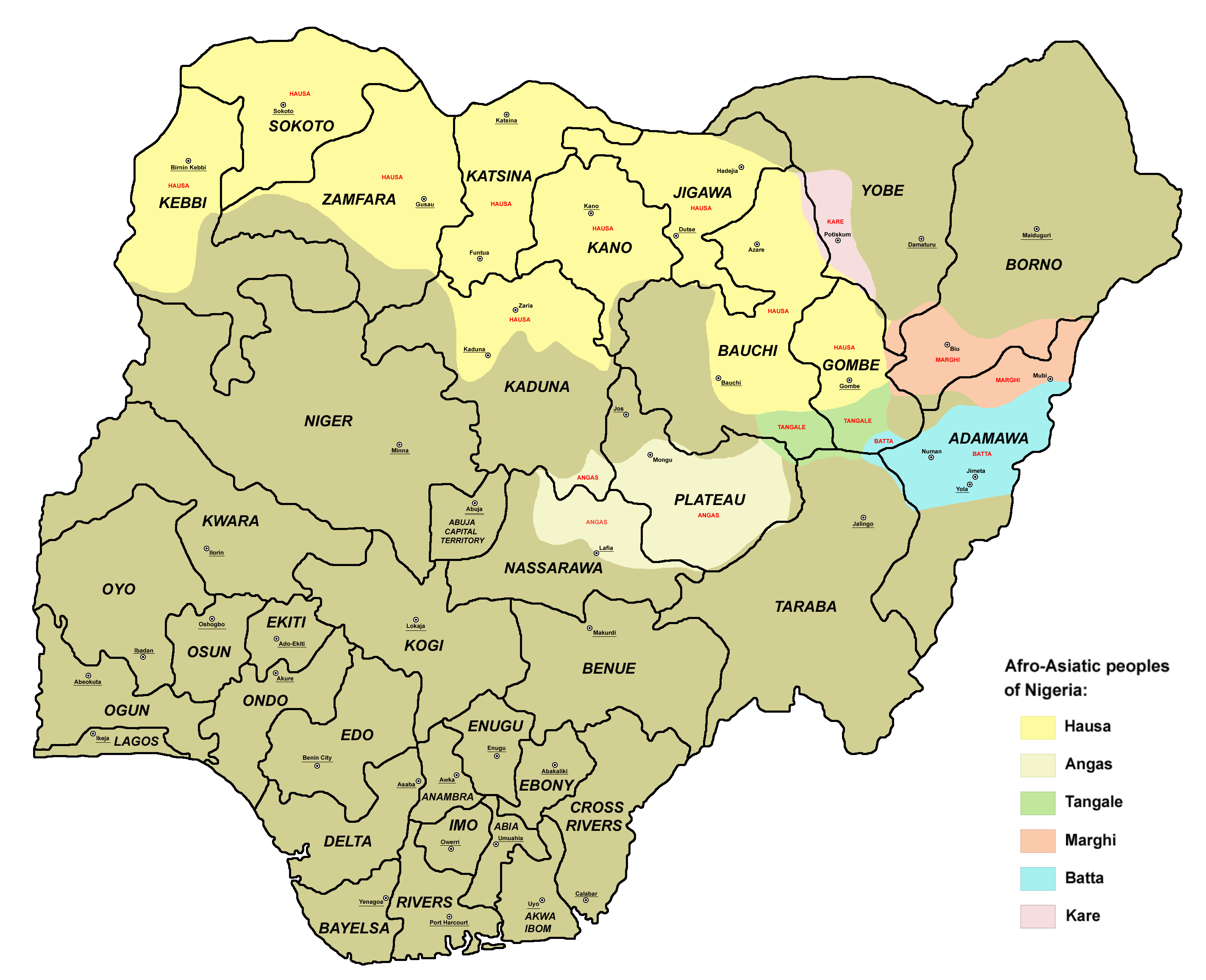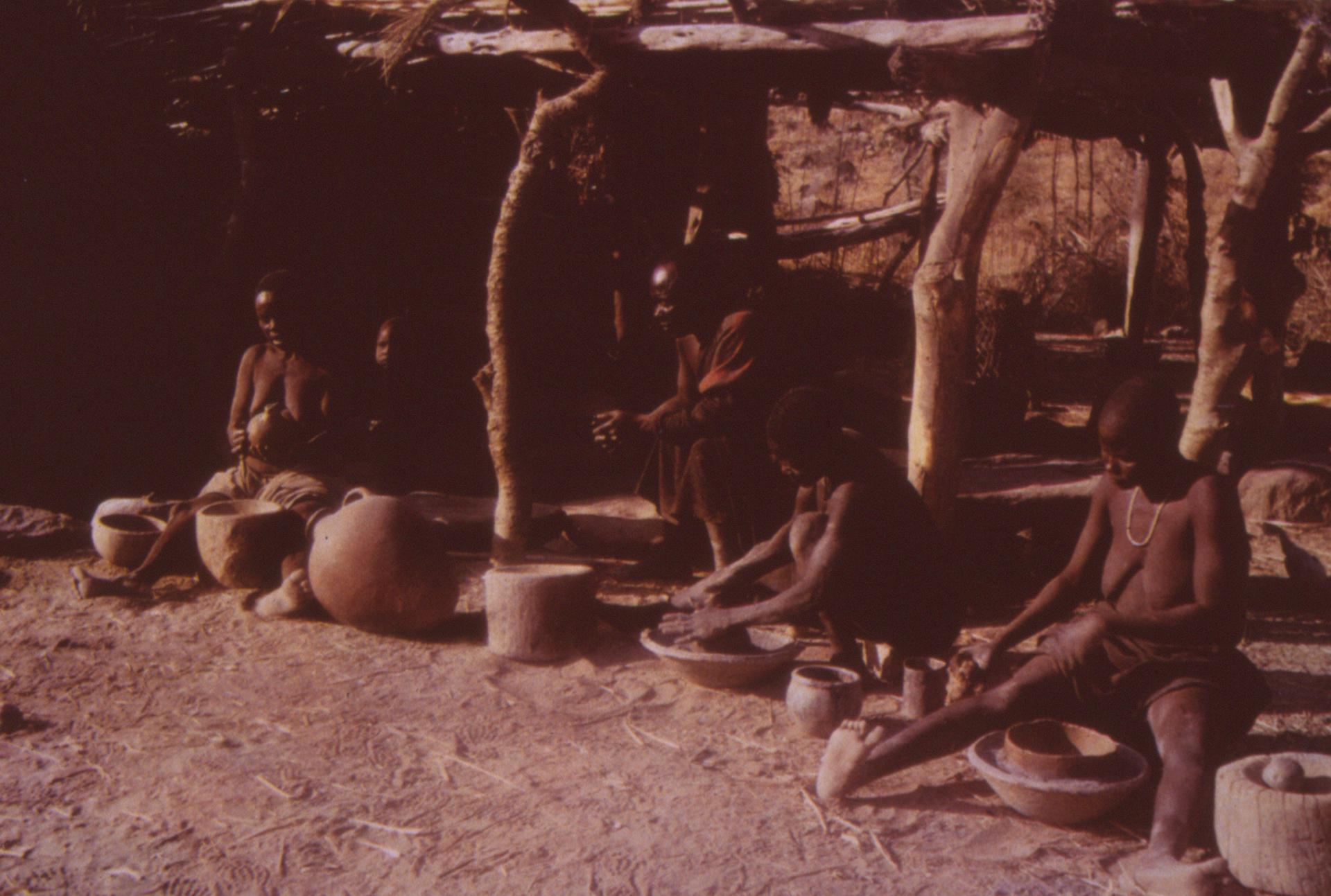|
Cuvok Language
Cuvok (french: Tchouvok) is an Afro-Asiatic language spoken in northern Cameroon. Cuvok is spoken by about 5,000 speakers (''ALCAM'' 1983) in and around Tchouvok, near Zamay (Mokolo commune, Mayo-Tsanaga Mayo-Tsanaga is a department of Extreme-Nord Province in Cameroon. The department covers an area of 4,393 km and at the 2005 Census had a total population of 699,971. The capital of the department is at Mokolo. It is located within the Man ... department), Far North Region. Cuvok is about as closely related to Mefele (especially the Muhura dialect) as North Mofu is to South Mofu. Notes References * Biu-Mandara languages Languages of Cameroon {{BiuMandara-lang-stub ... [...More Info...] [...Related Items...] OR: [Wikipedia] [Google] [Baidu] |
Cameroon
Cameroon (; french: Cameroun, ff, Kamerun), officially the Republic of Cameroon (french: République du Cameroun, links=no), is a country in west-central Africa. It is bordered by Nigeria to the west and north; Chad to the northeast; the Central African Republic to the east; and Equatorial Guinea, Gabon and the Republic of the Congo to the south. Its coastline lies on the Bight of Biafra, part of the Gulf of Guinea and the Atlantic Ocean. Due to its strategic position at the crossroads between West Africa and Central Africa, it has been categorized as being in both camps. Its nearly 27 million people speak 250 native languages. Early inhabitants of the territory included the Sao civilisation around Lake Chad, and the Baka hunter-gatherers in the southeastern rainforest. Portuguese explorers reached the coast in the 15th century and named the area ''Rio dos Camarões'' (''Shrimp River''), which became ''Cameroon'' in English. Fulani soldiers founded the Adamawa Emirate ... [...More Info...] [...Related Items...] OR: [Wikipedia] [Google] [Baidu] |
Far North Province
The Far North Region, also known as the Extreme North Region (from french: Région de l'Extrême-Nord), is the northernmost constituent province of the Republic of Cameroon. It borders the North Region to the south, Chad to the east, and Nigeria to the west. The capital is Maroua. The province is one of Cameroon's most culturally diverse. Over 50 different ethnic groups populate the area, including the Shuwa Arabs, Fulani, and Kapsiki. Most inhabitants speak the Fulani language Fulfulde, Chadian Arabic, and French. Geography Land Sedimentary rock such as alluvium, clay, limestone, and sandstone forms the greatest share of the Far North's geology. These deposits follow the province's rivers, such as the Logone and Mayo Tsanaga, as they empty into Lake Chad to the north. At the province's south, a band of granite separates the sedimentary area from a zone of metamorphic rock to the southwest. This latter region includes deposits of gneiss, mica, and schists. The Rhumsiki V ... [...More Info...] [...Related Items...] OR: [Wikipedia] [Google] [Baidu] |
Chadic Languages
The Chadic languages form a branch of the Afroasiatic language family. They are spoken in parts of the Sahel. They include 150 languages spoken across northern Nigeria, southern Niger, southern Chad, the Central African Republic, and northern Cameroon. The most widely spoken Chadic language is Hausa, a ''lingua franca'' of much of inland Eastern West Africa. Composition Paul Newman (1977) classified the languages into the four groups which have been accepted in all subsequent literature. Further subbranching, however, has not been as robust; Roger Blench(2006), for example, only accepts the A/B bifurcation of East Chadic. Kujargé has been added from Blench (2008), who suggests Kujargé may have split off before the breakup of Proto-Chadic and then subsequently became influenced by East Chadic. Subsequent work by Joseph Lovestrand argues strongly that Kujarge is a valid member of East Chadic. The placing of Luri as a primary split of West Chadic is erroneous. Bernard Caron (200 ... [...More Info...] [...Related Items...] OR: [Wikipedia] [Google] [Baidu] |
Biu–Mandara Languages
The Biu–Mandara or Central Chadic languages of the Afro-Asiatic family are spoken in Nigeria, Chad and Cameroon. A reconstruction of Proto-Central Chadic has been proposed by Gravina (2014). Languages Gravina (2014) Gravina (2014) classifies Central Chadic as follows, as part of a reconstruction of the proto-language. Letters and numbers in parentheses correspond to branches in previous classifications. The greatest changes are breaking up and reassigning the languages of the old Mafa branch (A.5) and Mandage (Kotoko) branch (B.1). *South **South ***Bata (A.8) ****Bata Proper: Bacama, Bata, Fali, Gude, Gudu, Holma (†), Jimi, Ngwaba (from A.1 Tera), Nzanyi, Sharwa ****Tsuvan: Tsuvan, Zizilivakan ***Daba (A.7) ****Daba Proper: Daba, Mazagway Hidi ****Mina: Mina, Mbudum ****Buwal: Buwal, Gavar ***Mafa (= South A.5 Mafa (d)): Mafa, Mefele, Cuvok ***Tera (A.1): ****East Tera: Boga, Ga'anda, Hwana ****(West Tera): Jara, Tera *** Sukur (A.6) *Hurza **Hurza (fr ... [...More Info...] [...Related Items...] OR: [Wikipedia] [Google] [Baidu] |
Afro-Asiatic Languages
The Afroasiatic languages (or Afro-Asiatic), also known as Hamito-Semitic, or Semito-Hamitic, and sometimes also as Afrasian, Erythraean or Lisramic, are a language family of about 300 languages that are spoken predominantly in the geographic subregions of Western Asia, North Africa, the Horn of Africa, and parts of the Sahara/Sahel. With the exception of its Semitic branch, all branches of the Afroasiatic family are exclusively native to the African continent. Afroasiatic languages have over 500 million native speakers, which is the fourth-largest number of native speakers of any language family (after Indo-European, Sino-Tibetan, and Niger–Congo). The phylum has six branches: Berber languages, Berber, Chadic languages, Chadic, Cushitic languages, Cushitic, Egyptian language, Egyptian, Semitic languages, Semitic, and Omotic languages, Omotic. The most widely spoken modern Afroasiatic language or dialect continuum by far is Arabic, a ''de facto'' group of Varieties of Arabi ... [...More Info...] [...Related Items...] OR: [Wikipedia] [Google] [Baidu] |
Mokolo
Mokolo is the departmental capital and largest city of the Mayo-Tsanaga department, in the Far North Province of Cameroon. It is the fourth largest city in the Far North Province, after Maroua, Yagoua, and Kousséri. It is located in the Mandara Mountains that run along the Cameroonian-Nigerian border. History and Culture Fulbé (also known as Fulani) and Mafa peoples dominate the Mokolo area. Historically, the Mafa were the original inhabitants. When the Fulbé came through the area, many of the Mafa dispersed into the surrounding Mandara Mountains. The Mafa are also known as the Matakam, a name given by the Fulbé, meaning “well-dressed.” In 1916 Mokolo was subordinate to Madagali, a Nigerian town, and was ruled from there. Mokolo was centrally located along a well-traveled trade route. The Guiziga and Fulbé peoples living near Maroua traded salt and natron with the Mafa living further West, who provided red earth and herbs, used for dyeing cloth. In roughly 1947 the ... [...More Info...] [...Related Items...] OR: [Wikipedia] [Google] [Baidu] |
Mayo-Tsanaga
Mayo-Tsanaga is a department of Extreme-Nord Province in Cameroon. The department covers an area of 4,393 km and at the 2005 Census had a total population of 699,971. The capital of the department is at Mokolo. It is located within the Mandara Mountains, on the border with Nigeria. Subdivisions The department is divided administratively into 7 communes and in turn into villages. Communes * Bourrha * Hina * Koza * Mogodé * Mokolo Mokolo is the departmental capital and largest city of the Mayo-Tsanaga department, in the Far North Province of Cameroon. It is the fourth largest city in the Far North Province, after Maroua, Yagoua, and Kousséri. It is located in the Manda ... * Mozogo * Souledé-Roua Gallery File:Mandara Mountains - panoramio (1).jpg, Mandara Mountains File:Mandara Mountains - panoramio (2).jpg, Mandara Mountains File:Mandara Mountains - panoramio.jpg, Mandara Mountains References Departments of Cameroon Far North Region (Cameroon) ... [...More Info...] [...Related Items...] OR: [Wikipedia] [Google] [Baidu] |
Mefele Language
Mefele is an Afro-Asiatic language spoken in northern Cameroon. Dialects are Mefele, Muhura, Serak, and Shugule. Blench (2006) considers Shugule (Shügule) a separate language.Blench, 2006The Afro-Asiatic Languages: Classification and Reference List(ms) Names The speakers of the Mefele language (more than 10,000 speakers) are often included with the Mafa people by the Cameroonian government. However, they themselves do not call themselves Mafa, and the Mafa often refer to them as ''Bélahay'' (''hay'' is a plural marker), which is often mentioned in the literature as ''Boulahay''. Distribution The Mefele area is divided into two areas separated by the town of Mokolo, which is dominated by the Mafa. The Mefele live in parts of the town of Mokolo (commune of Mokolo, department of Mayo-Tsanaga Mayo-Tsanaga is a department of Extreme-Nord Province in Cameroon. The department covers an area of 4,393 km and at the 2005 Census had a total population of 699,971. The capital ... [...More Info...] [...Related Items...] OR: [Wikipedia] [Google] [Baidu] |
North Mofu Language
North Mofu is an Afro-Asiatic language spoken in northern Cameroon. Dialects are Douroun and Wazan. There is no specific glossonym (language name) covering the very close languages of the Douroum, Wazang and Douvangar massifs, nor is there a corresponding ethnonym; the speakers simply refer to themselves as "mountain people", specifying the massif when necessary. In fact, ''Mofu'' is not recognized by the speakers of these languages, except for those of a southern clan, the ''Mofaw'' ofaw Douvangar Mofu (North Mofu) is spoken in the massifs located from the south of Meri to the Tsanaga River (cantons of Douvangar, Dourourn, and Ouazzang of the commune of Meri, department of Diamaré Diamaré is a department of Far North (''Extreme-Nord'') Province in Cameroon. The department covers an area of 4,665 km and at the 2005 Census had a total population of 642,227. The capital of the department is at Maroua. Subdivisions T ..., Far North Region) by 27,500 speakers. N ... [...More Info...] [...Related Items...] OR: [Wikipedia] [Google] [Baidu] |




